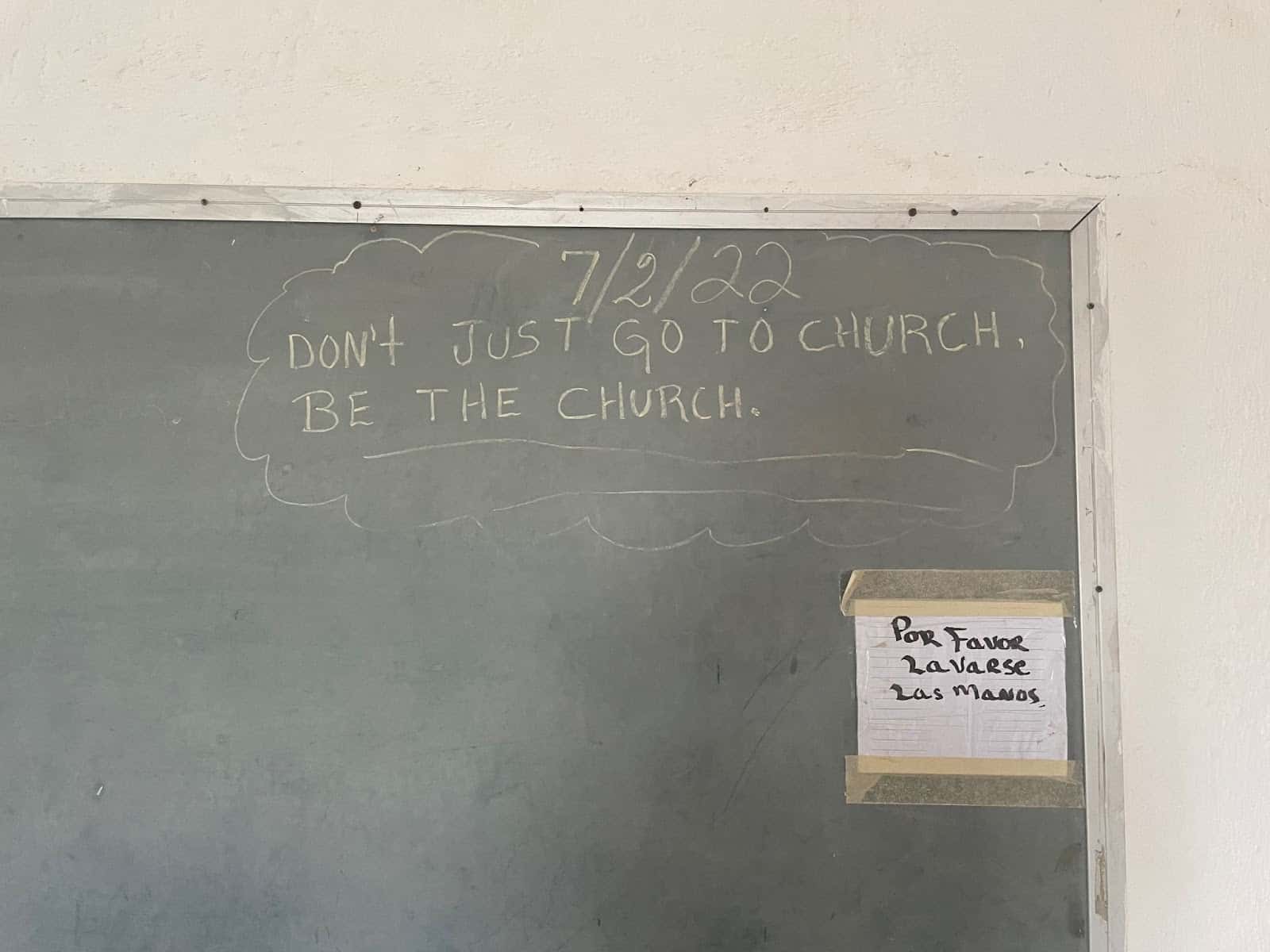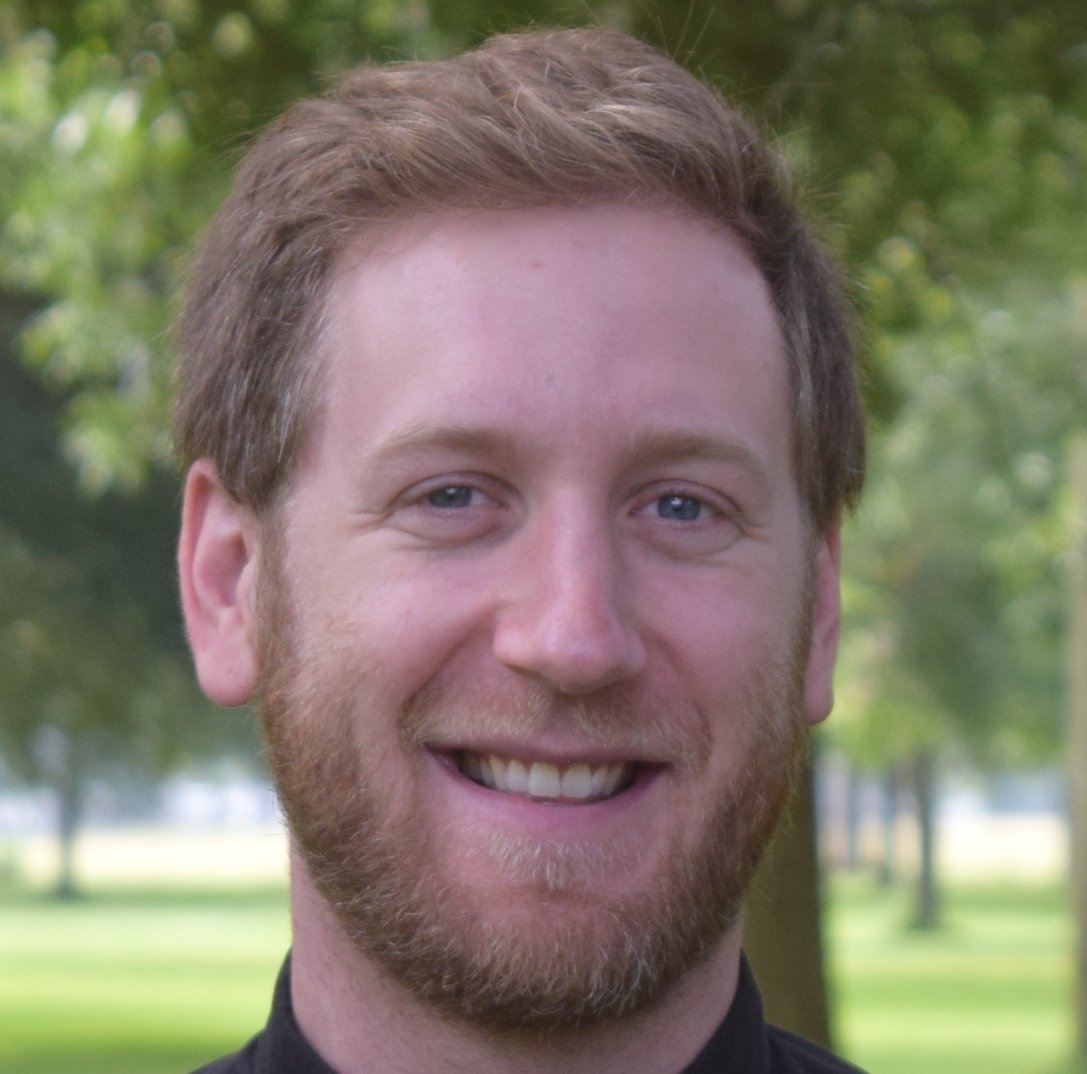Who are the Church?
I have long loved this question. I love its deliberately awkward grammar, which snaps us out of complacency and challenges us to think and reflect on how we will answer.
————–
The pandemic has upended church life and our sense of what church is and means.
Christianity is all about God entering into the physical – what we can sense – and what do we do when we cannot lay eyes on one another? When we no longer walk into an old, creaky church and fill our noses with decades of incense soaked into each crevice? When we can mute the cries of babies and the sniffles of the man the next pew over as we listen to the Word being proclaimed via a computer or tv screen? When we cannot receive our God as food and drink?
The shuttering of churches, the virtual Masses, the inability to congregate have taken a toll. These last couple of years have been painful and disorienting, even if we have settled into “new normals,” like virtual Mass from the comfort of our PJs and couches, in the meantime.
But the distance that the pandemic forced on us is also an invitation, albeit a difficult one. Distance separates, but it also provides a different vantage point, a new perspective. The shattering of normalcy we all experienced has given us space to (potentially) ask ourselves with greater freedom: Who are we really? What are our lives really about? And if these questions ring true for our lives in general, then they ought to ring true for our lives together as church.
It is not a coincidence, then, that the Synod on Synodality is happening right now in the Catholic Church. Perhaps the Spirit is stirring the church to look at itself anew, as many of us slowly return to our parishes after our long displacement.
Or, better put, maybe the Spirit is stirring us to look at ourselves with discerning eyes, as we journey together through these challenging times.
————–
Several months into the pandemic, I return from a walk along Lake Michigan on Loyola University Chicago’s Lake Shore campus. I am 50 feet from the door of our residence when I hear: “Do you live there?” I turn and see an older woman looking at me. Judging by her tone, she is upset. I’ve never met her before and she is one of the first non-Jesuits I have talked to in person since the pandemic began. I cautiously answer: “I do.”
“You’re a Jesuit?”
“I am,” I respond (more reluctantly than I’d like to admit).
“I am really, really angry,” she says, “because the Church has left us out to dry. We are hungry for the Eucharist out here. I’m tired of watching Mass on a screen. It’s not the same thing. Why can’t the Church get creative and do something different to be with us?”
I don’t know what to say. I feel a mix of shame because I am heading into the house to go to Mass and I know I cannot invite her in. She tells me, “I’m sorry I’m unloading all of this on you. It’s just that I don’t know who else to talk to about this.”
We chat for a few more minutes and then she heads toward her apartment, a few buildings down the street. She is, it turns out, our neighbor. Before we part ways, I offer to pray for her, which I do moments later during the petitions at Mass. But later that evening, I feel frustrated and confronted.
Because I also want the Church to get creative and be with people.
Because I also lament what feels like the Church’s inability (or unwillingness) to figure out how to be its concrete, graced and messy self, and move beyond excessive fear and simply settling for the virtual.
And then it dawns on me: if my neighbor (a laywoman) and I (a member of a religious order), are looking to “the church” to do something, and we aren’t seeing results, then maybe something really is amiss in the Church. And maybe part of the problem is that we don’t see ourselves as part of the solution, let alone part of the Church.
How is it that my neighbor and I feel so helpless? That we fail to see ourselves in the Church? As the Church?
————–
Who are the Church?
This question is the title of a lecture given 15 years ago by Fr. Joseph Komonchak, a retired theologian. After posing this question at the beginning of his lecture, Fr. Komonchak adds further, qualifying questions: “Of whom is one speaking when one speaks of the Church? To whom does the word refer? Of whom is it true? In whom is it true?” When we speak of church, Komonchak argues, we ought to state upfront who we mean when we say ‘church’.
Consider how we Catholics often speak about the Church:
“The Church teaches….”
“So many people aren’t going to church anymore….”
“The Church can’t tell me what to do….”
“If only the Church would just accept that most people don’t believe in [fill in the blank with your proposal for a problematic doctrine]…”
“[Fill in name(s) of perceived ‘problematic’ person(s)] is ruining the Church…”
“We are shopping around for a church that we like…”
These statements are not exhaustive of how we conceive of the church. But they are common. And they tell us something important about how we think of church. Some of them even capture key and important parts of the church (e.g. teaching is essential to the Church).
But in each of these cases, the speaker places the Church outside of her or himself. The Church is a what or an it, not a who; a they, not a we.
Furthermore, these statements say little about the tangible messiness and grace of life as the church. They do not draw out the everyday reality of our worship together, our bearing with one another, our discoveries of God in our midst, flawed as we are.
As we shut off our devices and find our way back to the pews, then perhaps we can look around and let the physical presence of our fellow Christians reinvigorate and inform our sense of what it means to be church.
But we cannot stop there. The Synod is pushing us to go a step further, and dare to ask who remains outside of our conception of church: those we seldom agree with, those who have left, those who harbor deep-seated anger, confusion, and disappointment rooted in their experience of Church. When we ask “Who are the Church?” we must ask ourselves who is included when we say ‘who’ (and who isn’t).
————–
It is November 2021. We ask 15 men to stay behind after one of our Sunday communion services at Belize Central Prison. We settle into a circle, shifting in our green plastic chairs. Ian, another Jesuit regent working at the prison, asks a simple question: “what has been your experience of church over the course of your life?” We are conducting a listening session for the Synod on Synodality.
Almost everyone there is Christian; only a small number identify as Catholic.
No one talks about the Church as a distant they or it. It is not, one man adamantly says, a building. Rather these men talk about church as…
…the community singing and praying together.
…the community they have been rejected from because of their poverty, less-than-proper clothing, or mistakes and sinfulness.
…the community where many people are judgmental, self-righteous, and hypocritical.
In short, the men in our group understand church as a we, but they lament the ways they have felt shut out of membership in that we. Still, they envision the church as the Body of Christ where…
…we recognize that we need one another.
…we see that there are many parts that alone cannot do much, but together draw us together in the Spirit and in love.
…we are not judged based on how many times we have fallen, but on the times we have gotten back up, to seek healing and renewal.
…God is at the heart of who we are, our source of strength.
In short, these men teach us that the church is a community of sinful human beings gathered, in need of healing. The church is Christ’s Body animated by the Spirit to go and love. The church is both of these, mysteriously, at the same time.
————–
The Synod on Synodality is about how we journey together as the People of God. The Synod is inviting the church to encounter and listen to the Spirit, and discern where the Spirit is leading us. But all of this presumes that we see ourselves when we say “the church”. And that we ask who is included (and who isn’t) when we refer to ‘the Church’.
We will continue to have structures and institutional elements. We will continue to be composed of bishops, priests, deacons, lay ministers, female and male religious, singers, social workers, teachers, lawyers. We will continue to find God in the striking intimacy of sacrament and Word.
But how we enact all of this together in a world (and a church) so broken and traumatized is still coming into being. It is time for us to listen together, so that we might respond together, as church.


